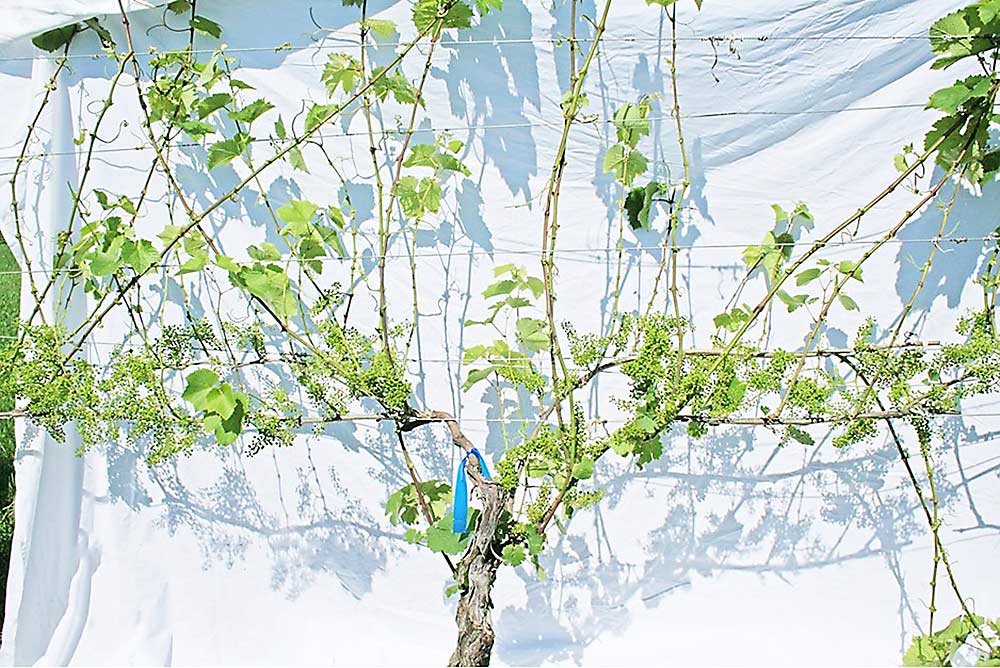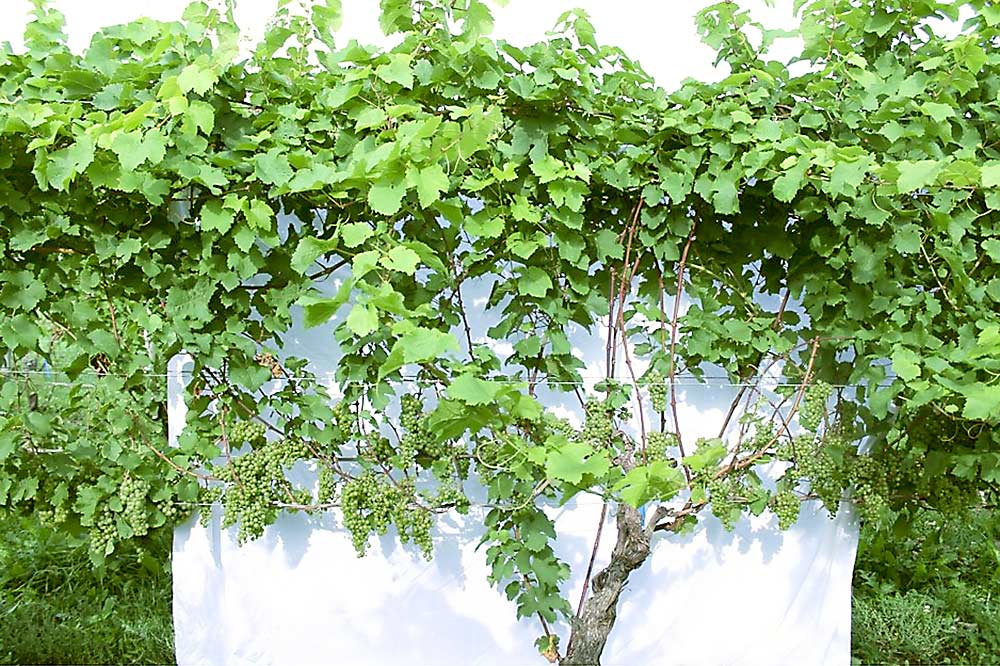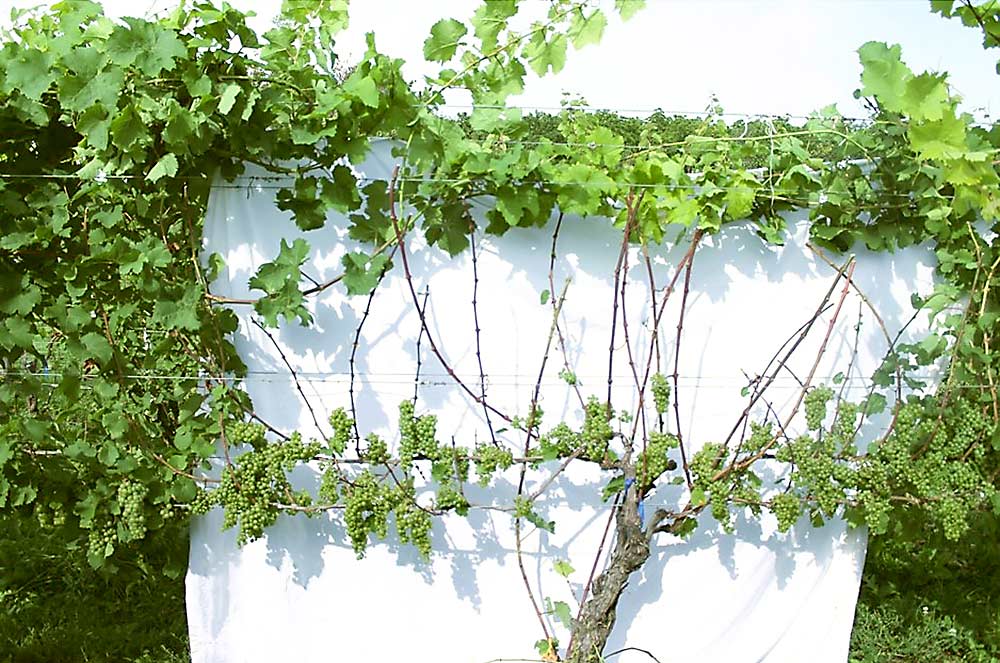
Striking a balance between vegetative and reproductive growth is necessary to keep grapevines producing well. If vines are too small or too vigorous, the result could be a decrease in crop yield, among other management issues.
Each season, growers aim to produce commercially acceptable tonnage of quality grapes that will produce wines consumers prefer, but their long-term goal is sustained vine health and productivity, said Cain Hickey, a Penn State viticulture extension educator.
A focus on vine balance serves both goals.
Hickey and Tim Martinson, a senior extension associate with Cornell University, hosted the first webinar in the “Eastern Viticulture and Enology Forum” series, a partnership between Cornell and Penn State. The series, spanning a range of viticulture and enology topics, will run through April.
Martinson and Hickey focused on the concept of sources and sinks as a framework for how viticultural practices can modify vine productivity and balance.
In grapevines, leaves are generally considered sources and clusters are generally considered sinks, but the reality is more complicated. Sources are tissues that supply carbon and nutrients. Sinks are tissues that receive carbon and nutrients. Sources can include leaves, roots, trunks and cordons. Sinks can include buds, shoots, leaves, fruit, and even roots, trunks and cordons. The same tissue can be both source and sink, changing roles throughout the season, Hickey said.
Too much vine vigor is not necessarily a bad thing, but poor management of vigor can result in production issues. Vigor can be exploited through pruning, trellising and canopy management practices that aid in the production and maturation of greater crop yields. Vine balance can be achieved by different practices over the lifespan of the vineyard. For example, increasing the availability of water, nutrients and other resources and reducing the size of the crop can increase vine size, while the inverse of these practices can reduce vine size, Hickey said.
Martinson talked about a two-year experiment he conducted in 2017–18, where he engaged in “radical” source-sink manipulation to see how it would affect winter bud hardiness, yield and return crop in Riesling vines. His goal: Give the vines a “big kick” by defruiting, defoliating and severely pruning them at different rates and times, to see how they would respond to extreme overcropping and extreme undercropping.


While the goal was to understand grapevine physiology, not inform management practices for growers, overall Martinson found that overcropped vines suffered while undercropped vines grew more canopy.
Here are some of his other findings:
—Shoot-limited vines produced larger clusters and longer but fewer canes.
—Defruited vines produced 20 percent higher pruning weights than standard vines.
—Vines defoliated early set smaller berries but regrew their canopy and ripened normally.
—Vines defoliated twice failed to ripen.
—Bud hardiness was significantly reduced only in the twice-defoliated vines.
—Vines defoliated at fruit set had many fruitless buds and significant carryover effects.
—Defruited vines set more clusters in 2018; fruit composition in all treatments was equivalent at harvest. •
—by Matt Milkovich






Leave A Comment